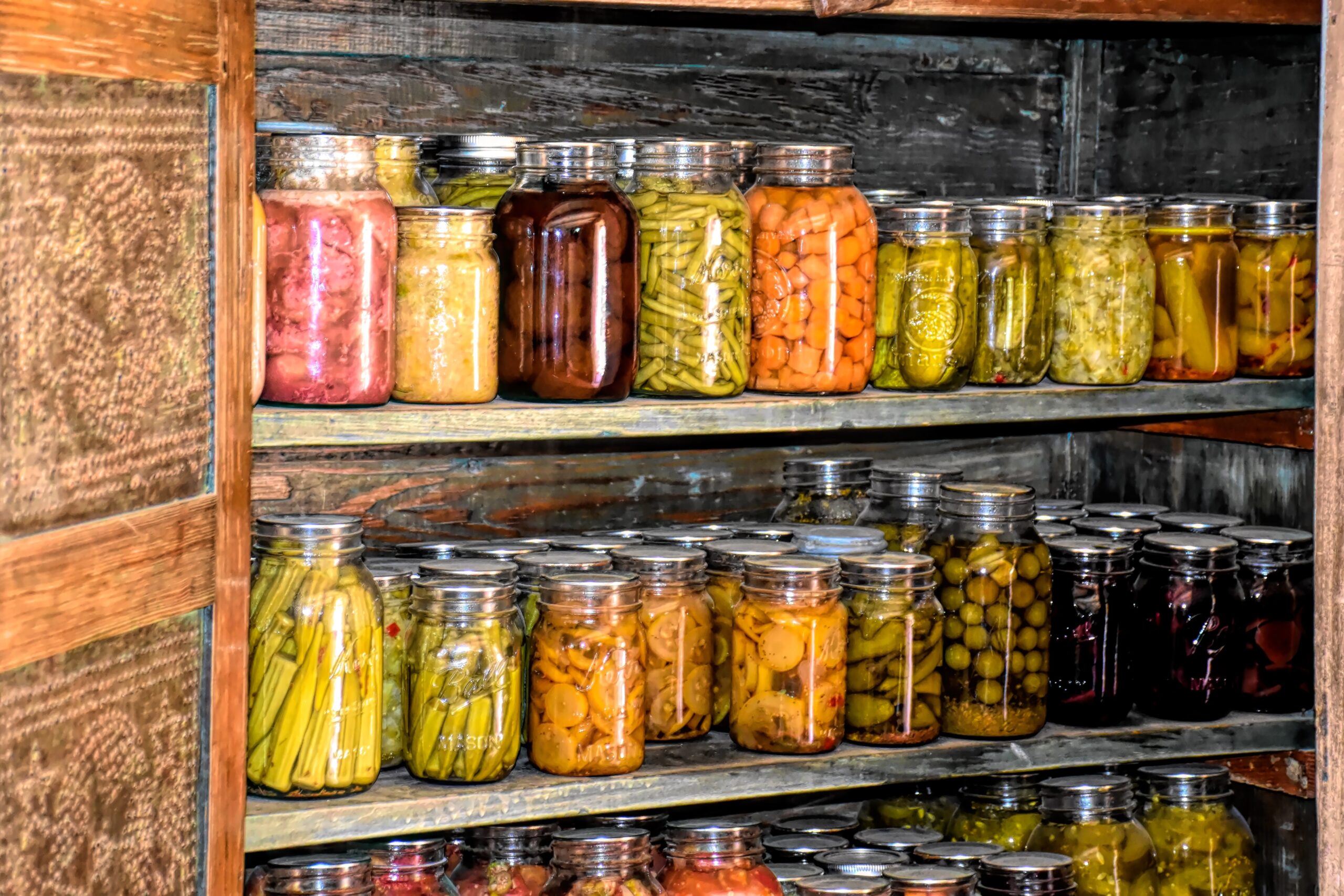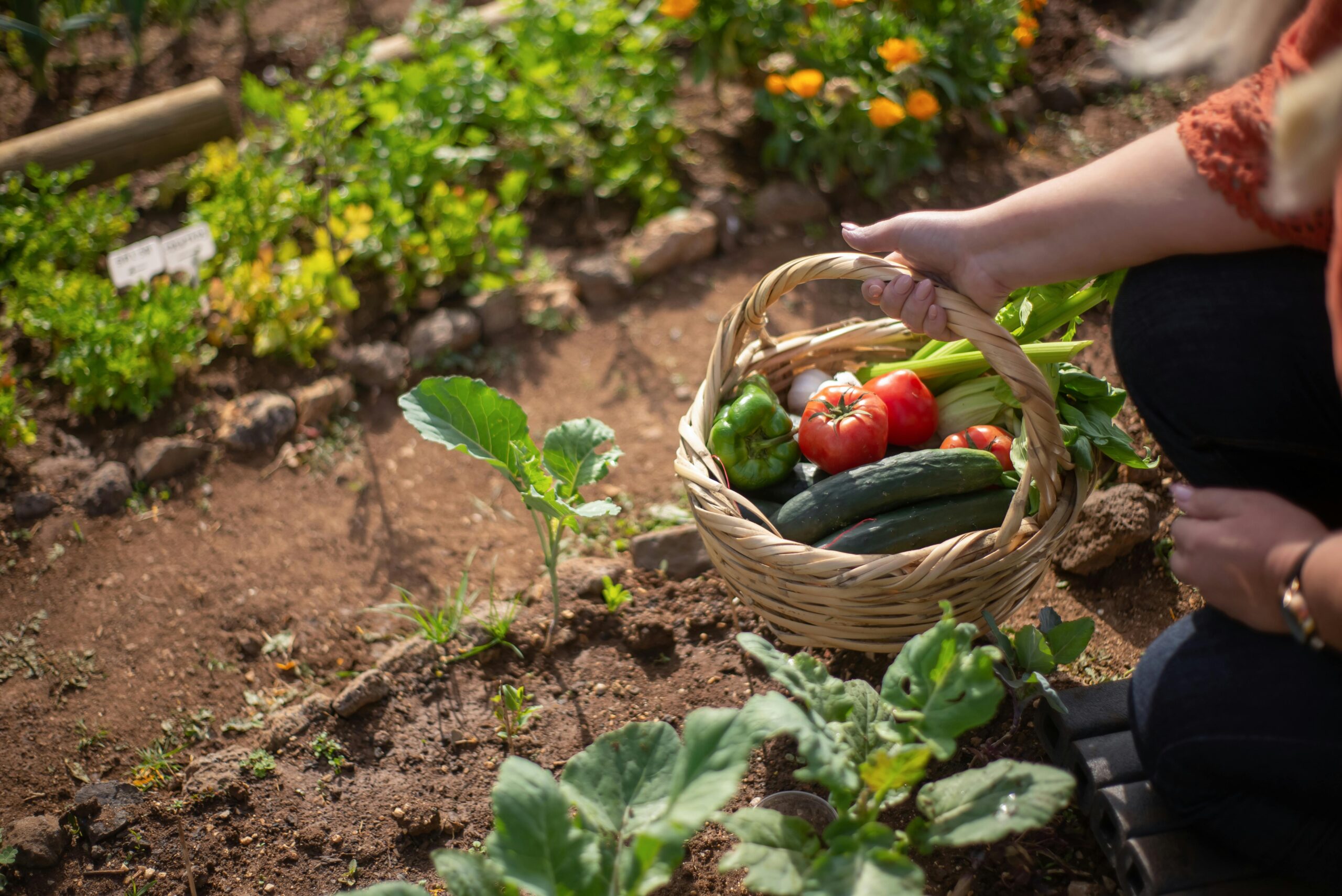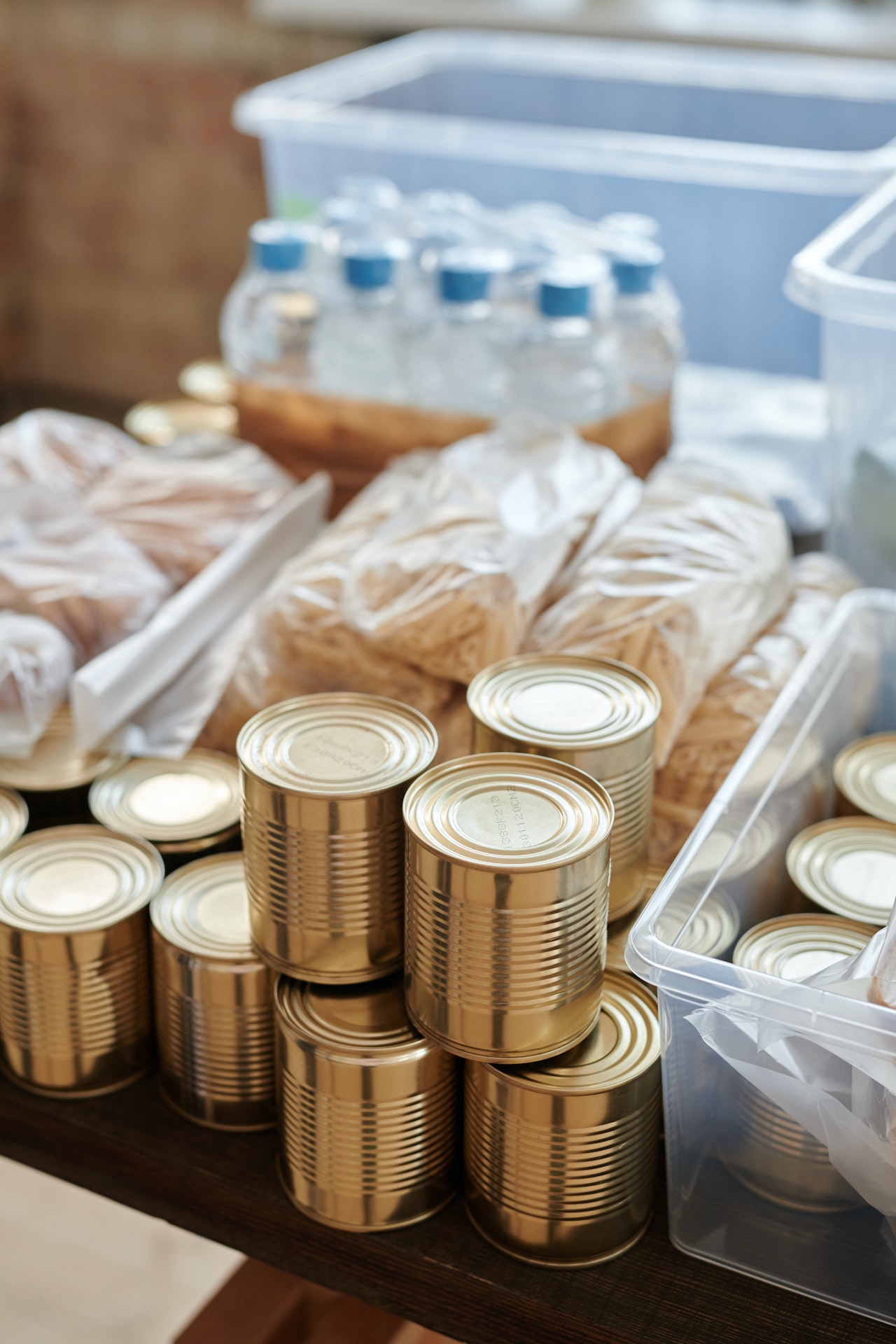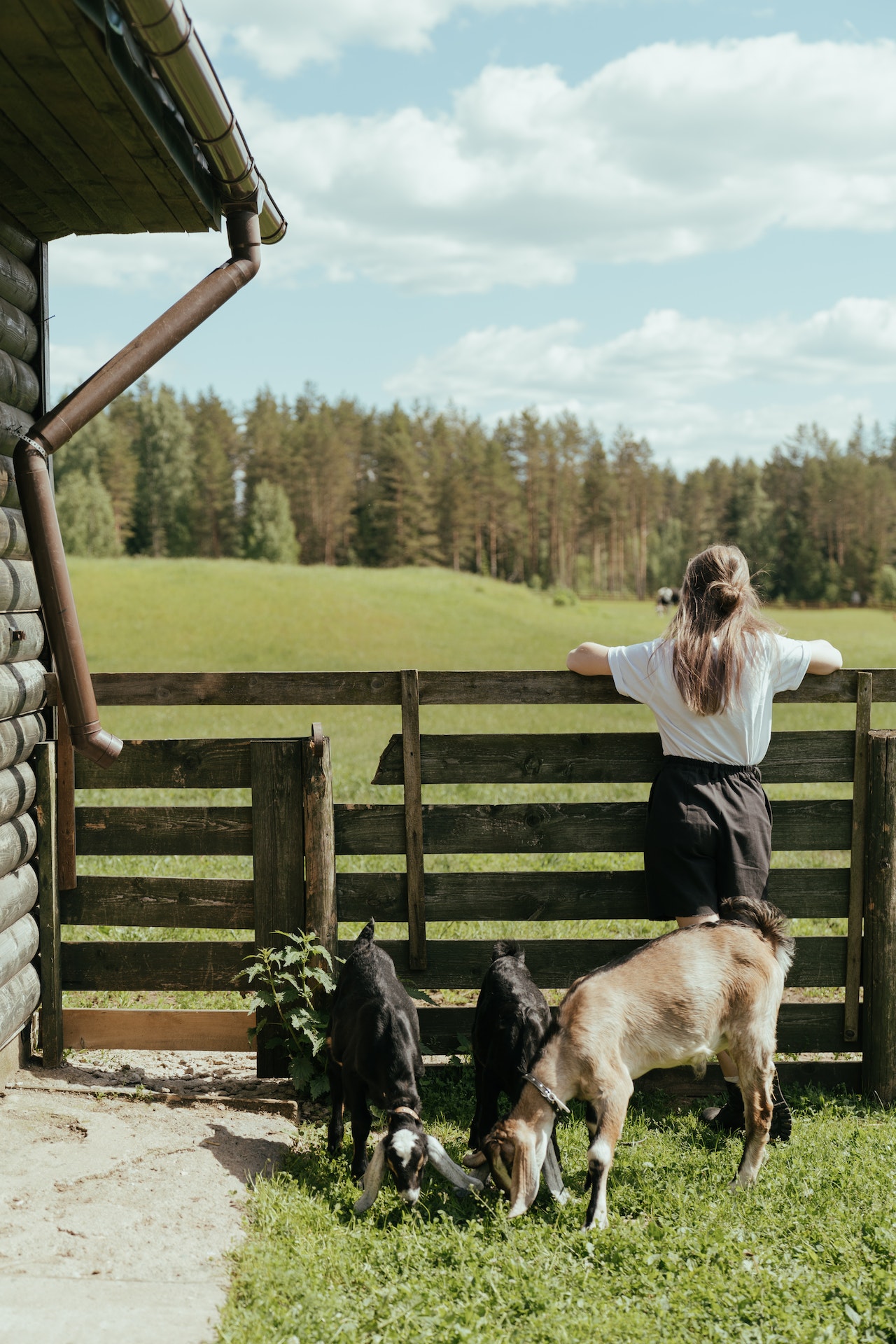Prepping, or preparing for potential emergencies, is a practice that involves planning, organizing, and acquiring supplies and skills to survive in various unexpected situations. It ranges from being ready for natural disasters to long-term economic hardships. While prepping can seem costly and overwhelming, it doesn’t have to be. This guide will cover the basics of prepping and offer practical advice on how to start prepping on a limited budget.
Introduction to Prepping
What is Prepping?
Prepping is the process of preparing oneself and one’s family for unforeseen challenges that may arise. These challenges could range from short-term events like power outages to more serious, long-term scenarios like natural disasters or economic collapse.
Why Prep?
Prepping ensures that you have the necessary resources and knowledge to navigate difficult situations with greater resilience. By planning and preparing, you minimize the risks and reduce dependence on external aid during an emergency.
Basic Principles of Prepping
1. Assessing Needs and Risks
Every prepper must start by assessing the specific risks in their location and determining the needs based on family size, health conditions, and preferences.
2. Building an Emergency Plan
An emergency plan outlines how to respond to different scenarios. It includes escape routes, meeting points, communication plans, and specific roles for family members.
3. Gathering Supplies
Building a stockpile of essential supplies, including food, water, and medical items, is vital. These should be tailored to individual needs and potential risks.
4. Acquiring Skills
Skills such as basic first aid, cooking, and mechanical repairs can be lifesavers. Investing time in learning these skills can enhance self-sufficiency.
5. Regular Review and Adaptation
Prepping is an ongoing process that requires regular review and adaptation to changing circumstances.
Starting to Prep on a Limited Budget
Step 1: Educate Yourself
Knowledge is key, and it’s often free. Start with online resources, books from the library, and connecting with local prepping communities.
Step 2: Prioritize Needs
Identify the most urgent needs and prioritize them. Focus on the basics such as food, water, shelter, and medicine.
Step 3: Budgeting
Set a clear and realistic budget for prepping. Even a small amount set aside weekly can make a significant difference over time.
Step 4: Start Small
You don’t need to build a year’s worth of supplies overnight. Start small, focusing on a three-day supply, and gradually expand.
Step 5: DIY Solutions
Many prepping solutions can be homemade. From growing your own food to building your own tools, DIY can save money and enhance skills.
Step 6: Buy Used and Bulk
Look for used equipment and buy non-perishable items in bulk to save money.
Step 7: Practice Regularly
Regular drills and practicing skills ensure that you are always ready, without requiring continuous investment in new resources.
Essential Aspects of Prepping
Food Storage
Basic Guidelines
- Stocking Non-perishable Items: Include canned goods, dried beans, rice, and pasta.
- Rotation: Regularly rotate stocks to keep supplies fresh.
- Growing Your Own Food: Gardening can be a cost-effective way to supplement food storage.
On a Budget
- Buy in Bulk: Purchase staple items in large quantities.
- Utilize Sales and Coupons: Shop during sales and use coupons to maximize savings.
- Preserve Food: Learn canning and dehydrating techniques.
Water Storage and Purification
Basic Guidelines
- Store Water: Aim for at least one gallon per person per day.
- Purification Methods: Understand different water purification methods.
On a Budget
- Reuse Containers: Collect and clean soda bottles to store water.
- DIY Purification: Learn to make your own water filter using sand, gravel, and charcoal.
Medical Supplies and First Aid
Basic Guidelines
- Build a First Aid Kit: Include essential items like bandages, antiseptics, pain relievers, and prescription medications.
- Learn Basic First Aid: Take courses or find free online tutorials.
On a Budget
- Build a Kit Over Time: Buy a few items each month to spread the cost.
- Utilize Dollar Stores: Many basic medical supplies can be found at discount stores.
Shelter and Security
Basic Guidelines
- Home Safety: Reinforce your home against potential natural disasters.
- Alternative Shelter Plans: Consider options if your home becomes uninhabitable.
- Personal Security: Plan for personal and family security during emergencies.
On a Budget
- DIY Home Improvements: Make incremental DIY improvements to enhance home safety.
- Multi-Use Items: Invest in items like tarps that can be used for shelter or other purposes.
Communication and Documentation
Basic Guidelines
- Communication Plan: Have a plan for staying in touch with family during an emergency.
- Important Documents: Store copies of critical documents such as passports, insurance policies, and medical records.
On a Budget
- Free Communication Apps: Utilize free communication apps that can work without cellular networks.
- Store Digital Copies: Keep digital copies of important documents on a USB drive.
Developing Skills
Cooking and Food Preparation
- Learn Basic Cooking Techniques: From baking bread to cooking without electricity, these skills are vital.
- Preserving Food: Learn methods like canning, pickling, and fermenting.
Basic Mechanical Skills
- Home Repairs: Learn basic plumbing and electrical repairs.
- Vehicle Maintenance: Basic knowledge in vehicle maintenance can be crucial.
Navigation and Outdoor Skills
- Map Reading: Learn to navigate using maps and compasses.
- Wilderness Survival: Understand the basics of surviving in the wilderness.
On a Budget
- Free Tutorials: Find free online tutorials or local community workshops.
- Practice with What You Have: Practice with everyday tools and equipment.
Conclusion
Prepping is not about fear but about empowerment, resilience, and responsibility. It doesn’t have to be expensive or complex. By understanding the basics of prepping, prioritizing needs, focusing on essential elements, and utilizing budget-friendly strategies, anyone can embark on the path of prepping. What matters most is taking consistent, thoughtful steps towards readiness, no matter the size of your budget. By embracing the prepping mindset and applying practical strategies, you can ensure that you and your family are better prepared to face unexpected challenges.



